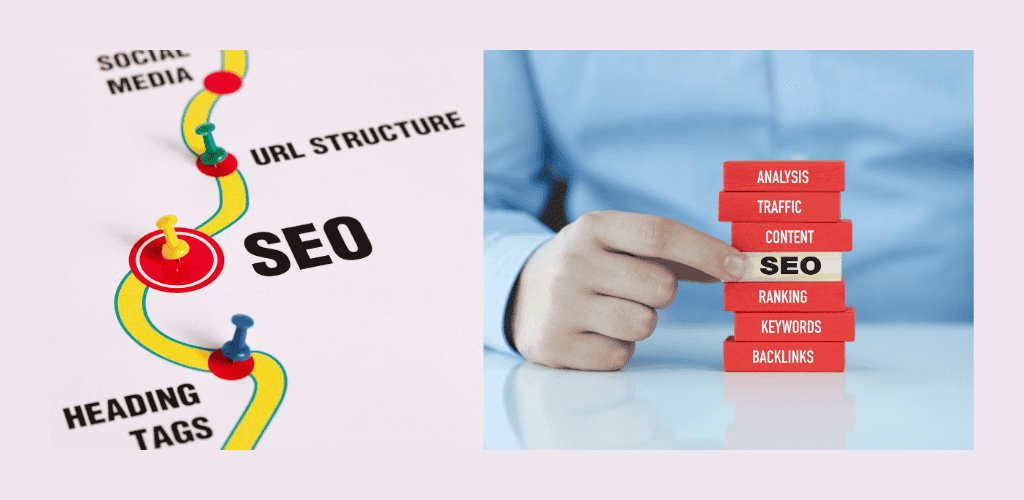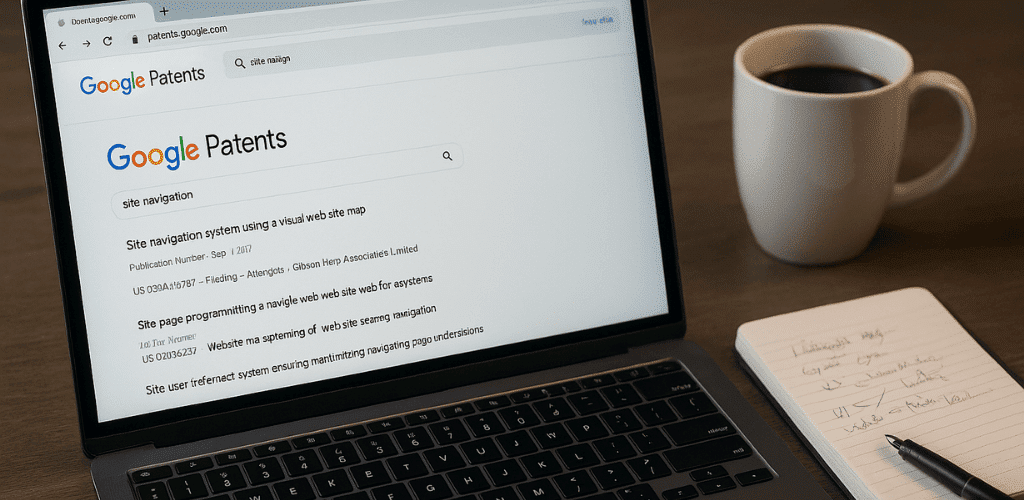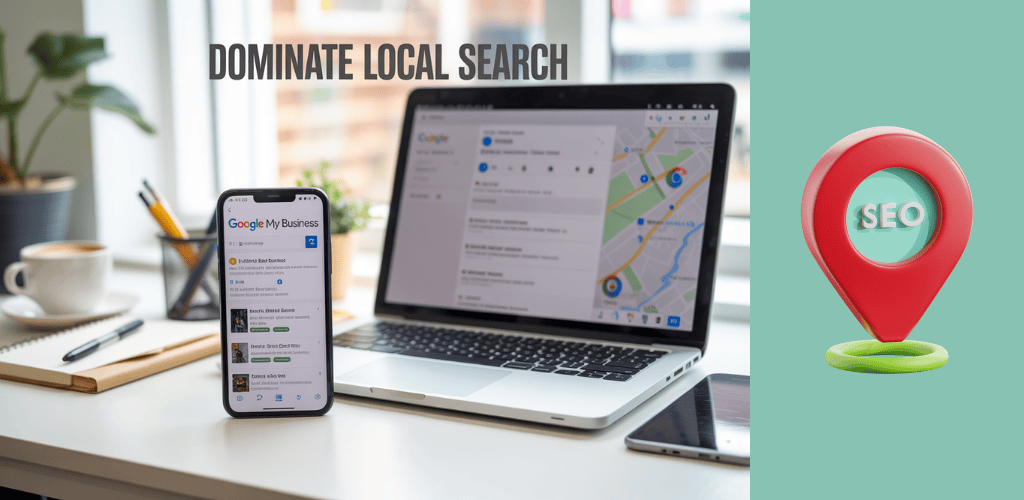Are you struggling to boost your website’s visibility in search engine results? On-page SEO might be the game-changer you’re looking for. In today’s digital landscape, where competition for online attention is fierce, mastering the art of on-page optimization can make or break your website’s success.
Imagine having a powerful toolkit at your fingertips, capable of transforming your web pages into search engine magnets. From crafting compelling content to fine-tuning technical elements, on-page SEO encompasses a range of techniques that can significantly impact your site’s performance. But where do you start? How do you navigate the complexities of keyword optimization, content creation, and user experience enhancement?
In this comprehensive guide, we’ll walk you through the step-by-step process of implementing effective on-page SEO strategies. You’ll learn how to optimize your website’s structure, create high-quality content that resonates with both users and search engines, and leverage advanced techniques to stay ahead of the competition. Whether you’re a seasoned webmaster or just starting your SEO journey, this post will equip you with the knowledge and tools you need to climb the search engine rankings and drive organic traffic to your site.
Table of Contents
What is an On-Page SEO
A. On Page SEO Meaning
On-page SEO refers to the optimization of elements directly on your webpage to improve visibility and relevance for both search engines and users. It involves enhancing various aspects such as title tags, content, internal links, and URLs. By implementing effective on-page SEO techniques, you’re not only communicating better with search engines but also enhancing the user experience.
B. Difference between on-page, off-page, and technical SEO
| SEO Type | Focus Area | Key Elements |
|---|---|---|
| On-page SEO | Webpage elements | Content, meta tags, internal linking |
| Off-page SEO | External factors | Backlinks, social media presence |
| Technical SEO | Website infrastructure | Site speed, mobile-friendliness, HTTPS |
C. Impact on search engine rankings and user experience
On-page SEO significantly influences your search engine rankings and user experience. By optimizing your content and webpage elements, you can improve metrics such as:
- Bounce rate
- Dwell time
- Click-through rate (CTR)
These improvements not only boost your visibility in search results but also create a more satisfying experience for your visitors.
Now that we’ve covered the fundamentals of on-page SEO, let’s explore the specific techniques you can use to optimize your website in the next section, “Knowing the On Page SEO Techniques.”
Knowing the On Page Seo Techniques
Now that we’ve covered what on-page SEO is, let’s dive into the key techniques you need to know. On-page SEO techniques are essential for optimizing your website’s visibility and performance in search engine results.
Ensuring website crawlability
To optimize crawling, you should focus on creating an SEO-friendly site architecture. Make sure all your pages are easily accessible and logically linked. Submitting an XML sitemap to Google can further aid this process, especially for larger or poorly linked sites.
Implementing HTTPS for security
HTTPS is crucial for secure connections and is a ranking factor. You should prioritize implementing HTTPS across your entire website to enhance both security and SEO performance.
Optimizing site architecture and navigation
A flat, organized site structure is recommended for effective crawling, particularly for larger sites. Implement breadcrumb navigation to enhance internal linking and clarify your site’s architecture for both users and search engines.
Improving page loading speed
Page speed is a significant ranking factor. You should focus on reducing web page size and eliminating unnecessary third-party scripts to improve loading times.
Ensuring mobile-friendliness
Your website must be mobile-friendly to cater to the growing number of mobile users and meet search engine requirements. Implement responsive design and optimize for mobile performance.
| Technique | Importance | Impact on SEO |
|---|---|---|
| Crawlability | High | Enables search engines to find and index pages |
| HTTPS | High | Improves security and can boost rankings |
| Site Architecture | Medium | Enhances user experience and crawling efficiency |
| Page Speed | High | Directly affects user experience and rankings |
| Mobile-friendliness | High | Critical for mobile search rankings |
With these techniques in mind, next, we’ll explore how to master keyword optimization to further enhance your on-page SEO efforts.
Mastering Keyword Optimization

Now that we’ve covered on-page SEO techniques, let’s dive into mastering keyword optimization, a crucial element for your SEO strategy.
A. Conducting thorough keyword research
You’ll want to start by identifying relevant topics and potential keywords for your content. Use tools like Moz Keyword Explorer, Google Keyword Planner, or Semrush to generate ideas and analyze search performance. Consider these factors when selecting keywords:
- Relevance to your content
- Search volume
- Keyword difficulty
- User intent
B. Understanding search intent
To effectively optimize your content, you need to grasp the intent behind user searches. This understanding will guide you in crafting content that meets users’ needs. Search intent typically falls into four categories:
| Intent Type | Description | Example |
|---|---|---|
| Informational | Users seeking information | “How to do on-page SEO” |
| Commercial | Users researching products or services | “Best SEO tools” |
| Navigational | Users looking for a specific website | “Google Analytics login” |
| Transactional | Users ready to make a purchase | “Buy SEO software” |
C. Strategic keyword placement in content
Once you’ve identified your target keywords, strategically place them throughout your content:
- Title tag
- Meta description
- Headings (H1, H2, H3)
- First paragraph
- Throughout the body content
- Image alt text
D. Avoiding keyword stuffing
While incorporating keywords is essential, avoid overusing them. Focus on creating high-quality, relevant content that naturally includes your target keywords. With this approach, you’ll be well-prepared to move on to creating high-quality content in the next section.
Creating High-Quality Content
Now that you’ve mastered keyword optimization, let’s focus on creating high-quality content that resonates with your audience and search engines alike. You’ll need to align your content with user search intent to ensure it meets their needs and expectations.
Aligning content with user search intent
You should structure your content for optimal readability, making it easy for users to digest information quickly. Consider using the following elements to enhance your content’s structure:
- Clear headings and subheadings
- Short paragraphs
- Bullet points or numbered lists
- Tables for data comparison
| Content Element | Purpose |
|---|---|
| Headings | Organize information |
| Lists | Improve scannability |
| Tables | Present data clearly |
Optimizing On-Page Elements
Now that we’ve covered creating high-quality content, let’s focus on optimizing on-page elements to enhance your SEO efforts. You’ll learn how to craft compelling title tags and meta descriptions, create user-friendly URLs, use header tags effectively, and optimize images.
Crafting compelling title tags and meta descriptions
You should create unique, keyword-rich title tags for each page, keeping them under 60 characters. For meta descriptions, aim for 150-160 characters, including your target keyword and a clear call-to-action. Here’s a quick guide:
| Element | Best Practice | Example |
|---|---|---|
| Title Tag | Use primary keyword, keep under 60 characters | “On-Page SEO Guide: Boost Your Rankings in 2023” |
| Meta Description | Include keyword, CTA, 150-160 characters | “Learn essential on-page SEO techniques to improve your website’s visibility. Boost your rankings with our step-by-step guide. Start optimizing now!” |
Enhancing User Experience

Now that we’ve covered optimizing on-page elements, let’s focus on enhancing user experience, which is crucial for both SEO and visitor satisfaction.
A. Improving internal linking structure
You can boost your site’s navigation and SEO by implementing a solid internal linking strategy. Create logical connections between related pages to help users and search engines understand your content hierarchy. Consider using the following structure:
| Link Type | Purpose | Example |
|---|---|---|
| Navigational | Guide users through main sections | Header menu links |
| Contextual | Connect related content | In-text links to relevant articles |
| Footer | Provide quick access to important pages | Privacy policy, contact page |
B. Incorporating relevant external links
Enhance your content’s credibility by linking to reputable external sources. This practice not only provides value to your readers but also signals to search engines that your content is well-researched and authoritative.
C. Ensuring clear site navigation
Your site’s structure should be intuitive and easy to navigate. Implement a clear menu system and use breadcrumbs to help users understand their location within your site. This improves user experience and aids search engines in crawling and indexing your pages effectively.
D. Optimizing for featured snippets
To increase your chances of appearing in featured snippets:
- Structure your content with clear headings
- Use bullet points or numbered lists for key information
- Provide concise answers to common questions
- Use schema markup to help search engines understand your content
With these user experience enhancements in place, you’re now ready to explore advanced techniques for further improving your on-page SEO.
Implementing Advanced Techniques
Now that we’ve covered enhancing user experience, let’s dive into advanced SEO techniques to take your on-page optimization to the next level.
Utilizing schema markup
You can improve your search result appearance by implementing schema markup. This structured data helps search engines understand your content better, potentially leading to rich snippets in SERPs.
Optimizing for voice search
To cater to the growing trend of voice queries, focus on natural language and long-tail keywords. Structure your content to answer specific questions, making it easier for voice assistants to find and relay information.
| Voice Search Optimization Tips |
|---|
| Use conversational language |
| Target long-tail keywords |
| Create FAQ sections |
| Optimize for local searches |
Leveraging structured data for rich snippets
Enhance your SERP visibility by using structured data to create rich snippets. These eye-catching search results can significantly improve your click-through rates and drive more organic traffic to your site.
Improving click-through rates from SERPs
Craft compelling title tags and meta descriptions to entice users to click on your search results. A/B test different versions to find what resonates best with your audience and drives higher CTRs.
With these advanced techniques in place, you’ll be well-prepared to monitor and improve your SEO performance, which we’ll explore in the next section.
Monitoring and Improving Performance

Now that we’ve covered implementing advanced techniques, it’s crucial to monitor and improve your on-page SEO performance. You’ll need to use various tools and strategies to track your progress effectively.
Using on-page SEO checkers and tools
You can leverage powerful SEO tools like Semrush, Ahrefs, or Google Search Console to assess your on-page optimization efforts. These tools offer comprehensive insights into your website’s performance, helping you identify areas for improvement.
| Tool | Key Features |
|---|---|
| Semrush | Keyword tracking, site audits |
| Ahrefs | Backlink analysis, content research |
| Google Search Console | Error identification, performance tracking |
Tracking keyword rankings and organic traffic
To measure the success of your on-page SEO strategies, you should regularly monitor your keyword rankings and organic traffic. Tools like Google Analytics provide valuable data on:
- Search traffic trends
- Top-performing keywords
- User demographics
Analyzing user behavior metrics
Understanding how visitors interact with your site is crucial for optimizing user experience. Pay attention to metrics such as:
- Bounce rate
- Time on page
- Pages per session
Continuously refining and updating SEO strategies
Based on the data you gather, continuously refine your on-page SEO techniques. This may involve:
- Updating content
- Improving meta tags
- Enhancing site structure
With these monitoring and improvement strategies in place, you’ll be well-equipped to move on to examining real-world on-page SEO examples in the next section.
On Page Seo Examples
Now that we’ve covered monitoring and improving performance, let’s explore some real-world examples of effective on-page SEO. These examples will help you understand how to apply the techniques we’ve discussed throughout this guide.
Successful On-Page SEO Examples
| Example | Technique | Result |
|---|---|---|
| Ahrefs Blog | Content Updates | Significant increase in organic traffic |
| Legal Term “LLM” | Keyword Evolution | Adapted content to match new user intent |
You can learn from these examples by regularly updating your content to match evolving search intents. For instance, Ahrefs’ practice of rewriting and enhancing their blog posts has led to substantial traffic growth. Similarly, adapting your content to reflect changing meanings of terms, like “LLM,” can help maintain relevance and visibility in search results.
On-page SEO is a crucial aspect of your website’s success in search engine rankings. By following this step-by-step guide, you’ve learned how to optimize various elements of your web pages, from keyword research and content creation to technical aspects like site structure and page speed. Remember that mastering on-page SEO techniques is an ongoing process that requires consistent effort and attention to detail.
As you implement these strategies, keep in mind that search engines and user behavior are constantly evolving. Stay up-to-date with the latest trends and best practices in SEO, and don’t hesitate to revisit and update your content regularly. By focusing on creating high-quality, user-focused content and optimizing your on-page elements, you’ll be well on your way to improving your website’s visibility, attracting more organic traffic, and ultimately achieving your online goals.







